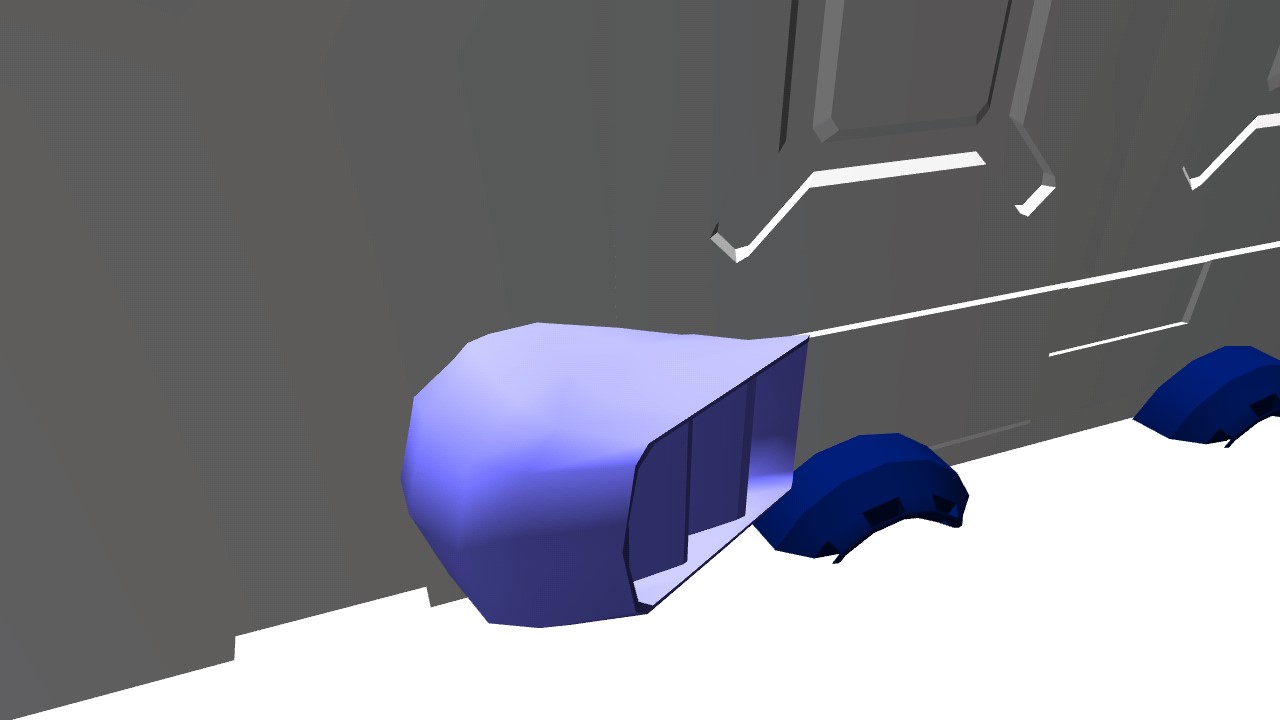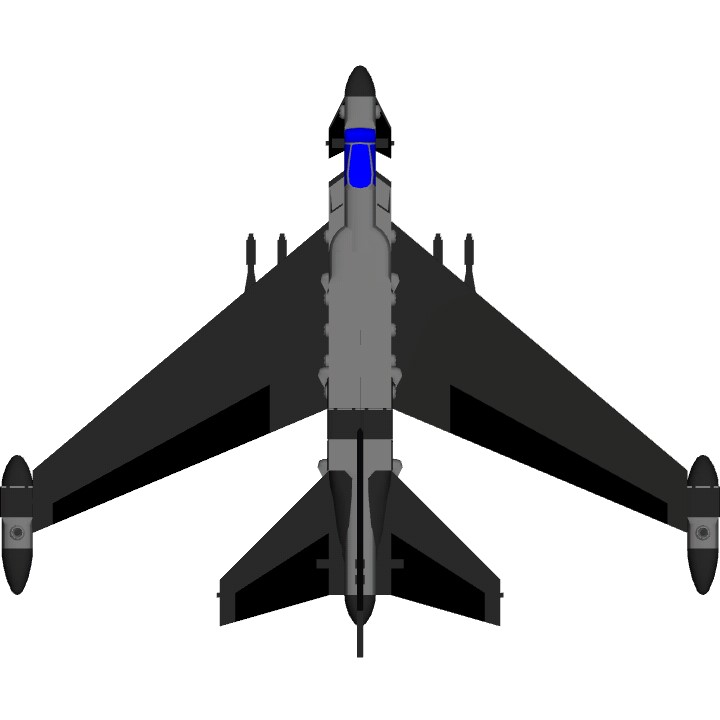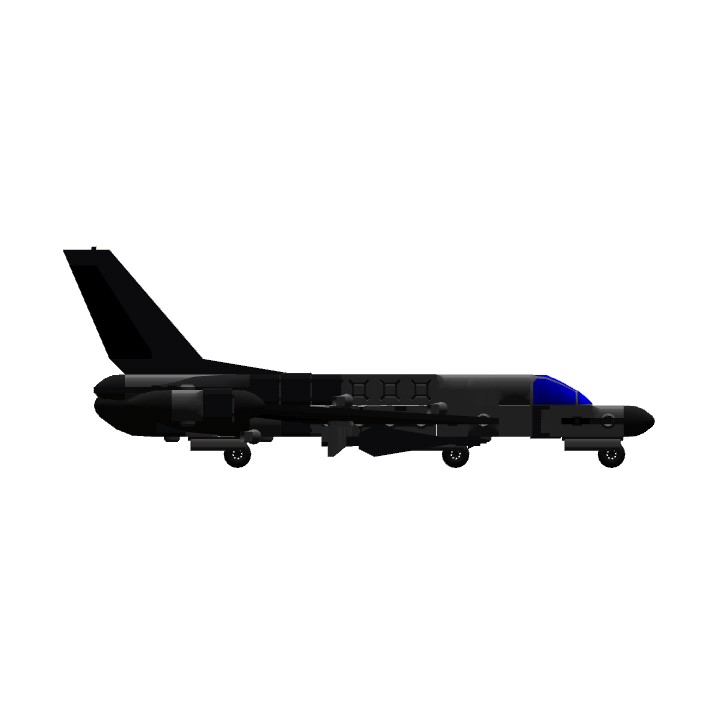No Tags
Auto Credit Based on karlosdarkness's Albatross multijet vtol capable fighter
Rotated VTOLs to provide up, forward and down thrust. In Vertical landing via down thrust the nose is a bit heavy. Any idea why?
Specifications
General Characteristics
- Predecessor Albatross multijet vtol capable fighter
- Created On iOS
- Wingspan 37.9ft (11.5m)
- Length 31.0ft (9.5m)
- Height 11.4ft (3.5m)
- Empty Weight 9,614lbs (4,361kg)
- Loaded Weight 14,662lbs (6,650kg)
Performance
- Power/Weight Ratio 1.839
- Wing Loading 41.9lbs/ft2 (204.5kg/m2)
- Wing Area 350.0ft2 (32.5m2)
- Drag Points 2380
Parts
- Number of Parts 146
- Control Surfaces 7
- Performance Cost 671
- Log in to leave a comment
-
3,690 LjSpike@karlosdarkness Well, the reverse thrust (atleast of that strength) and the braking when trying to get to neutral caused it to lose control, 9 times out of 10, the rest of the time it just landed on its roof. Possibly if we could get it perfectly level with only upwards thrust, we could use airbrakes alone to slow it while forcing thrust up, then slowly decrease upwards thrust to create a slow drop.9.7 years ago
-
17.4k karlosdarkness@LjSpike as for nose heavy in vertical landings with down thrust? I can't contemplate a reason for having thrusters pointing at the ground when you should in effect trying to reduce the fall rate of the plane at that point. Looking at reasons though it's probably due to the lift that the airflow round the airbrakes at the rear of the plane.9.7 years ago
-
17.4k karlosdarkness@LjSpike can't see the need for downwards thrust, gravity does that for you fairly well and you've disposed of rearward thrust here, also you've put some of the brakes to operate with throttle which is counter productive. If you really want downwards thrusters some 180 degree nozzles would be the logical solution although that's going to make small adjustments more difficult.9.7 years ago
-
3,690 LjSpike@karlosdarkness nose heavy on landing this is.9.7 years ago





